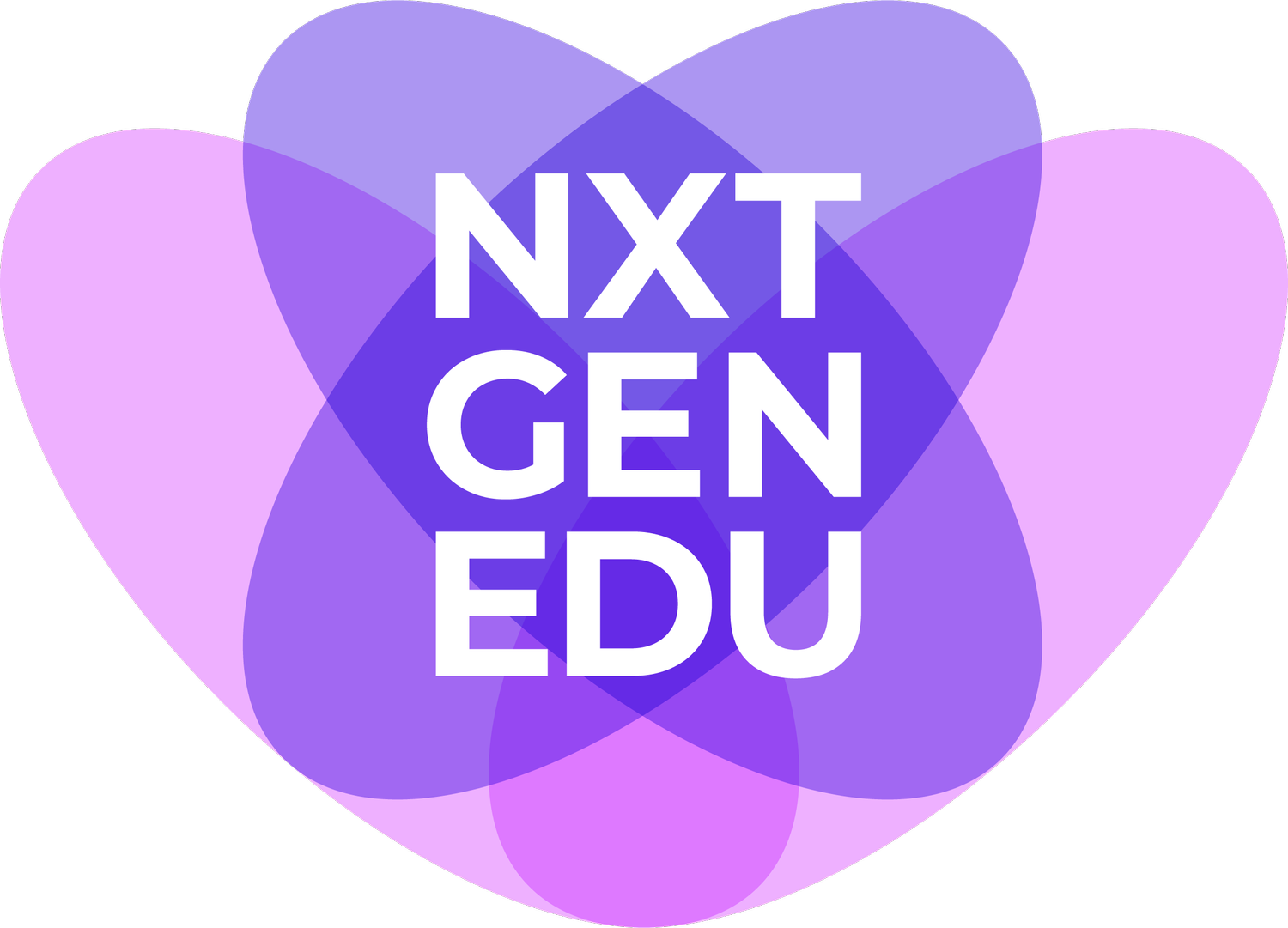Teaching The Student Instead Of The Subject (2/3)
“In kindergarten, we teach the child, while in high school, they teach the subject.” -- Julie Young, founder of the Florida Virtual School
In our first article, we explored the economic underpinnings of the current educational system and concluded that it was built on the fundamental premise that there is scarcity relative to the instructor/classroom. Now, we consider the circumstance where the real cost of access to instruction and classroom can be dramatically reduced!
The amazing fact is that with the advent of the technology, both of these fundamental premises can be radically improved through the use of the internet and software technology. How?
Instruction: Instruction with assessment can be captured in machine readable/executable form and delivered in a scalable manner.
Classroom: The classroom can be moved from the physical to the virtual.
The implications of this shift are profound because now the model can be moved from one with a focus on the instructor/school to a model where the student is at the center.
Note: This shift is analogous to the well-known shift in retail. The old retail world consisted of hiring sales personnel who worked during certain hours of operation in a physical retail distribution location. The new world consists of 24/7 delivery of sales services (E-commerce) by computers, eliminates the need for physical retail distribution, and operates a much more efficient warehouse delivery structure. The result for the consumer is greater convenience as well as the availability of an infinite variety of goods.

Chart 2: Student Centric Model
This model removes the significant shackles imposed by the previous model and enables a new world with several interesting properties.
Self-Paced, Emersion and Competency-based Education:
With the new model, students can consume information at their own pace. Further, they can move forward or go back (to review content) as required, in order to enhance their understanding. They can then declare success only when they have reached competency in the subject matter. The immersion process which is so beneficial for the STEM fields can be easily employed in this structure.
The current teacher/classroom structure simply cannot deliver this level of flexibility. In this model, every student is potentially in a different place in the curriculum. The load relative to instruction can be vary greatly, so resource planning is very difficult. However, with investments in technology infrastructure and instruction IP, the newer model is quite scalable.
Differentiation and Career Discovery:
As discussed in the last article, building differentiation and enabling the process of career discovery is very important. Without the shackles of physical space and time, it is much easier for students to engage in the learning process while at the same time, participating the “real” world. In addition, with computers servicing large parts of the instruction process, it is possible to significantly broaden the curriculum. The combination of a broader curriculum and student flexibility become the core pillars to create differentiation and accelerate career discovery.
Note, while grades 9-12 and undergraduate education do a poor job on these fronts, commercial companies (Lynda.com, courcia) as well as training programs from vendors (Cadence, MATLAB) already offer this capability for adults.
Instructor Leverage and Improving IP:
By looking at instruction content as active intellectual property (much like software), instructor capabilities can be captured and improved over time. Further, one can easily build communities around subject matters where incremental contributions can be made to dramatically improve the work product.

Chart 3: Instruction Engagement Models
The result of this work is that instructor time can be highly leveraged and a new model for instructor engagement can be developed.
At one extreme is a highly automated engagement model with extremely good scaling characteristics. However, this model introduces some additional issues around student identity validation as well as more personalized support for the student. The other extreme consists of a highly engaged teaching model which uses technology to maximize the touch-time between student/teacher.
The spectrum of these models is well understood in the software community with open-source systems such as Linux. In these environments, the core IP is available at very low cost and has high scalability, but companies such as Red Hat use the IP as a basis for building a high-touch service business. There is no reason that education cannot follow the same business models.
In summary, in the industrial age, whether a person succeeded was highly dependent on whether the school system taught them to do the basics of reading, writing and arithmetic. With these basics, the whole world of books (the IP repository of the day) was available and a positive trajectory was possible. Today, we are getting very close to the point where whether a person succeeds is highly dependent on their ability to leverage the resources of the internet to drive self-directed learning. If they can do so, their ability to succeed is highly enhanced. What is stopping this world from coming to reality?
To be fair, there are shining examples of success. In the K-12 arena, FLVS is a shining example of an alternative model and in the university setting, Western Governors University provides a similarly interesting offering. With these institutions, they have shown:
Professionalization of the generation of classroom instruction (IP) can be achieved with some investment.
Assessment can be automated and then linked with teachers at higher service levels.
Laboratory engagement can become largely virtual or use commonly available capabilities (such as a typical kitchen or shop.)
Technology can manage a population of students at different stages in the curriculum.
However, the vast majority of high school and university programs are stuck in neutral. Professors and teachers are very smart but as we will discuss in our next article, some fundamental structural issues impede progress within the existing structure.
